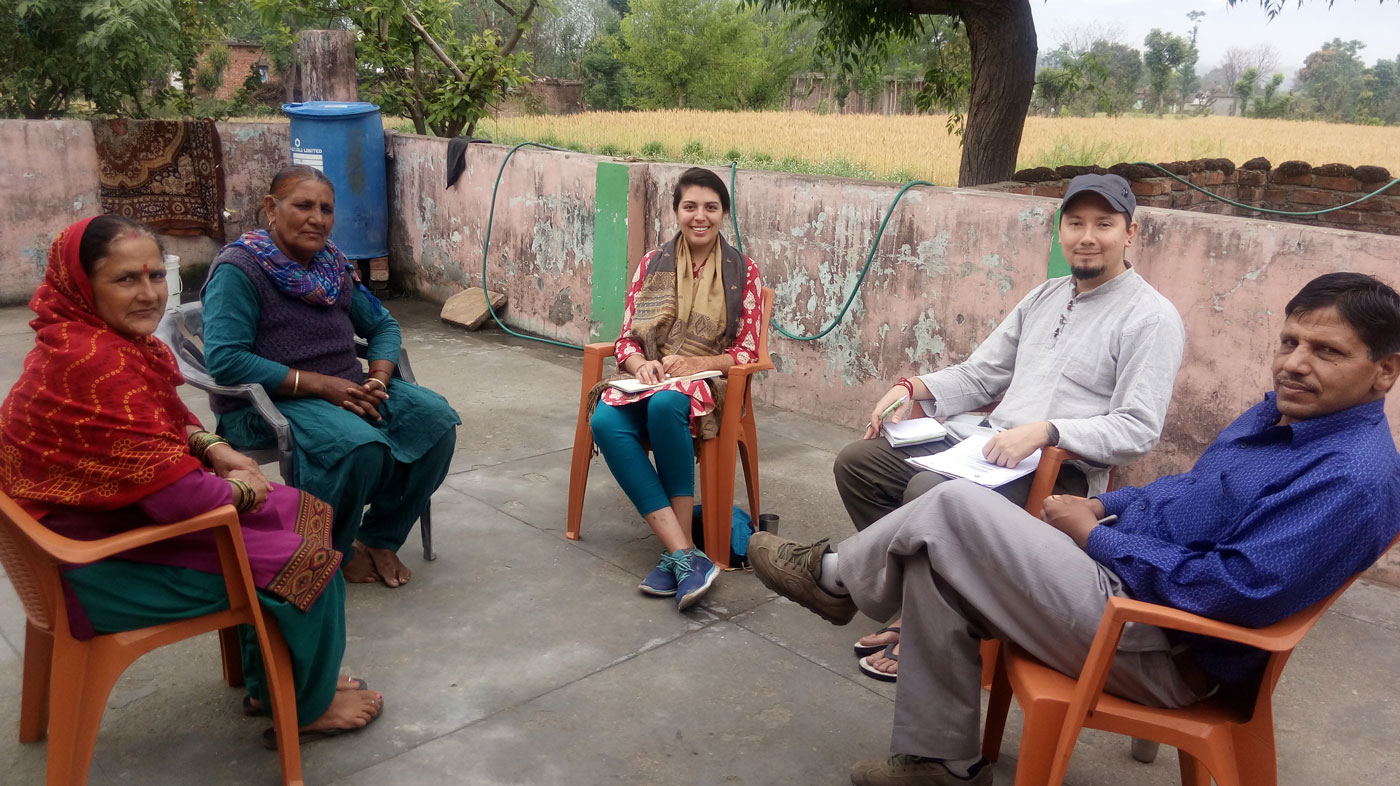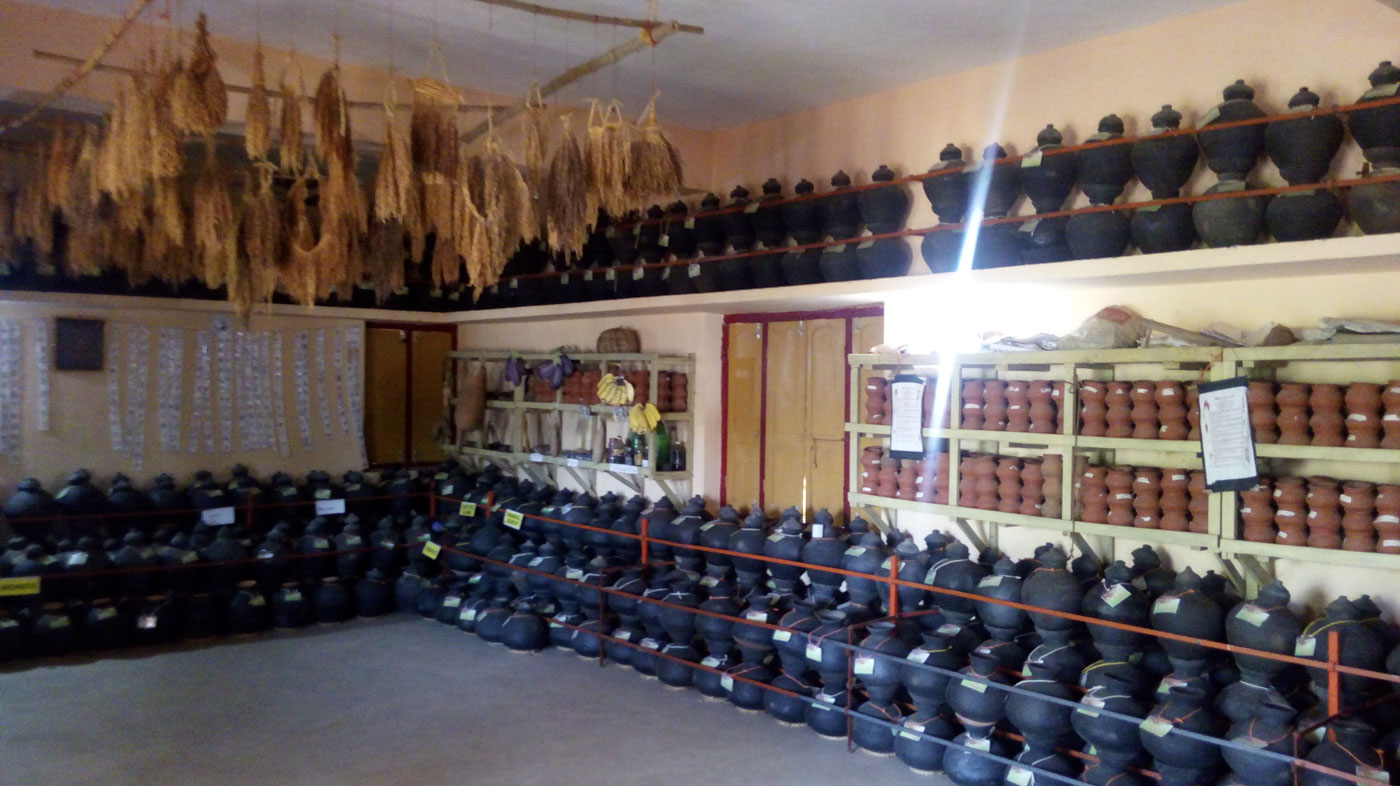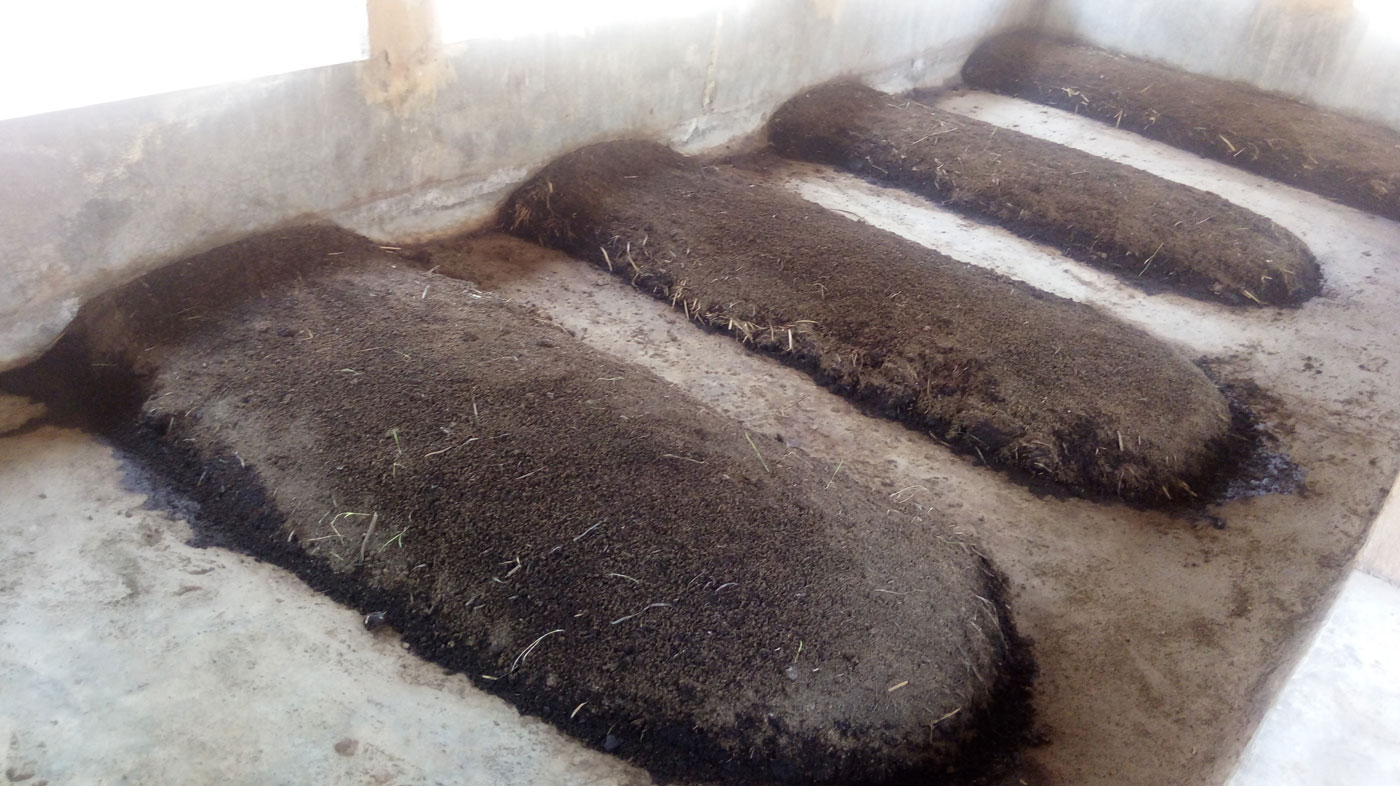

India and Australia – sharing knowledge for a sustainable future
July 24, 2019
As part of our efforts to support and encourage young Australians in study, careers and volunteering in international agricultural research, the Crawford Fund State Committees proudly support our Student Awards. The 2018 recipients of these Awards were announced in May, and we are enjoying the process of sharing the journey of these 22 dynamic Australian tertiary students as they gain international agricultural research experience and expertise.
Throughout 2018 and the early part of this year, the successful Award recipients travelled to their host countries to research and explore their chosen topic areas. You can follow their progress here on the Crawford Fund website and read more about their findings, learnings and challenges they encountered.
To-date we have featured the experiences of University of Western Australia student, Christian Berger; Queensland University of Technology PhD candidate, Thomas Noble; University of Melbourne student, Kimberly Pellosis; Luisa Olmo from the University of Sydney; Rachael Wood from Charles Sturt University; University of Melbourne student Ziyang Loh; Lucinda Dunn from the University of Sydney; Jessica Fearnley from the University of New England; the Australian National University’s Jacinta Watkins, University of Queensland Honours student, Tamaya Peressini, the University of Adelaide’s Mathu Indren, University of the Sunshine Coast PhD student Samantha Nowland, Charles Sturt University’s Brooke Kaveney, and most recently, the University of Sydney’s Marisa Mitchell the University of Sunshine Coast’s Chieu Hoang Dinh, and James Cook University’s Ruby Grantham.
Thanks to The Crawford Fund QLD Committee, we share with you this summary of University of Queensland student Daniel Cruz’s research into understanding the work of Navdanyam, a research organisation working with small and marginal farmers in India and sharing the results and connections with organisations and individuals in Queensland to facilitate better connections between the organic agriculture sectors in both countries.

Daniel Cruz travelled to India between February and April this year to undertake fieldwork and gather information about the history, practices and achievements of Navdanya, a well-known a capacity-building and agro-ecological research organisation working with small and marginal farmers in India.
In the field, Daniel conducted participant and non-participant observations during intensive training sessions, in which researchers, farmers and community leaders received and put in practice the agro-ecological technical knowledge gathered by the local researchers. Semi-structured interviews were also developed after conducting a stakeholder analysis which allowed to identify three main types of participants, namely farmers, community trainers and professional staff. Finally, Daniel undertook a document analysis.
The findings were shared with key stakeholders in Queensland and India.
“Navdanya was chosen for this study because of its reputation of a long and successful history of impact. During the last 30 years it has been removing the barriers that prevented farmers to be self-reliant and able to exercise agro-ecological farming,” said Daniel.
Navdanya’s research and work has trained one million farmers, has supported the restoration of two million acres of land, is conserving 2500 varieties of crops (including 700 varieties of rice and 205 of wheat), has established 127 community seed banks and has instituted the largest direct marketing, fair trade organic network in India.

“Because of Navdanya’s impact, my project aimed to collect data about the organisation’s work and then facilitate the creation of a knowledge-sharing network between the academic and organic agriculture sectors in Australia and India,” said Daniel.
On one hand, Navdanya has become a globally renowned best-practice experience in organic farming and on the other hand, Australia is the nation with the highest organically farmed land area worldwide, with Queensland alone representing a fifth of that market.
The main limitation to meet the increasing demand in Australia is the transition process from conventional to organic, which takes a minimum of three years. After 30 years of experience, Navdanya’s knowledge can inform Australian farmers how to be more effective in the organic transition.
“Through this project I learnt that the main goal of organic farming is to enable farmers to become self-reliant and to be able to mitigate and adapt to climate change. I was told how organic farming brings ecological resilience, empowerment, sustainability and economic self-reliance to farmers through the protection of climate resilient varieties, the focus on diversity of seeds and crops, the recycling of biomass and nutrients, the protection of soils from losses and the enhancement of biological interactions,” said Daniel.
“My experience in Navdanya’s centres enabled me to understand the importance of agro-forestry systems, mixed farming, cover crops and crop rotations, as well as the importance of forest management and livestock to provide inputs for sustainable agro- ecological systems. I also learnt about soil testing methods and techniques to promote soil health and the role of composting, organic manuring, mulching and mixed cropping.”

The processes of transition from chemical based farming and organic farming were also shared, as well as the importance of monitoring soil conditions during the process.
“I was also able to visit the community seed banks and learn about practices of seed conservation and management and the importance of saving seeds and the role of saved seed for relief actions conducted by Navdanya after floods and earthquakes happened in India, Nepal and Indonesia.”
“Finally, I learnt how Navdanya set up a fair-trade scheme based on the principles of social-environmental justice which benefits farmers, consumers and ecosystems by promoting the conservation of biodiversity, economic and social justice, the protection of intellectual property rights, self-reliance, decentralisation, women empowerment, and apart from that provides healthy, diverse and nutritious foods,” said Daniel.
“After engaging in interviews with the key stakeholders I understood that the essential element of the success of Navdanya is to empower farmers to embark in the transition towards organic farming is capacity building and community organising,” said Daniel. The capacity building approach of Navdanya is based on a participatory approach which differs from the usual extension model of agricultural development projects.
The model works in this way: after the training, which is mostly practical due to the low levels of literacy in the regions, farmers were given native seeds, and a plot of land was voluntarily allocated by themselves to grow those seeds and apply the new methods learnt. In this way, farmers were able to compare the benefits of organic farming in relation with chemical-based farming in their own plots. Such an approach had a massive success because farmers could experience themselves the benefits of organic farming in terms of economic self-reliance and sustainability, livelihoods, culture, health and environmental conservation. Such benefits led farmers to shift to organic. In addition, Navdanya experts and community trainers are constantly available to assist farmers.
Navdanya now has a network of farmers active in influencing the government to support organic farming and small and marginal farmers. Furthermore, with the support of donors the organisation has been able to establish a system in which the organisation collects the organic produce from farmers directly at their farms and pays them 10% higher price based on the local markets price.
This project has delivered benefits to India, international agriculture and to Queensland.

“I shared the experience of Navdanya with The Deccan Development Society in India which has worked for 25 years empowering women from 75 villages in seed saving, agro-ecology, community radio and political participation for food sovereignty and also has a fair-trade scheme based at the local level. Now both organisations are in contact and will be exchanging knowledge.”
“I also supported communication between Navdanya and Food-Connect, a network of farmers and consumers based in Brisbane which works under the principles of community-based agriculture and solidarity economies. Food Connect has set up a market strategy based on the above principles and will be able to guide Navdanya on how to improve their own strategies.”
“Taking into account the need of the agricultural sector in Queensland to learn from innovative methods useful to escalate the organic transition and keep up with the increase of the market demand for organic produce, I acted as a bridge between Navdanya and several organisations and individuals in Queensland. As a result, I delivered presentations to groups of students and experts of the School of Social Sciences, the School of Communication and School of Agriculture and Food Sciences from The University of Queensland.” Said Daniel.
“I also connected the directors and staff of Navdanya with experts of The University of Queensland working in the development sector related with agriculture and social-environmental justice.”
“Furthermore, I shared some of the things I learned with representatives from community gardens as well as with representatives from The Gap Loco Cooperative in Brisbane. I also engaged in communications with representatives from organic certifying organisations approved by the Department of Agriculture, such as AUSQUAL, ACO, OFC, SXCA.”
“Finally, I was able to share some of my experiences from this research with permaculture and syntropic farming experts based at the Gold Coast, the Sunshine Coast and Coopers Plains in Brisbane.”
“I would like to express my gratitude to The Crawford Fund for providing me with the support and resources necessary to conduct this research project. I also would like to offer special thanks to Dr Vinod Bhatt, Dr Ashok Kumar Panigrahi, Dr Kusum Misra, Mr Chandra Bhatt and Dr Vandana Shiva. I am grateful to all the farmers and community trainers associated with Navdanya and also to my advisors Dr Lynda Shevellar and Dr Elske van de Fliert. Lastly, I would like to express my gratitude to Professor Bob Lawn and Cathy Reade from the Crawford Fund for their guidance and support during the development of this research.”




 0
0